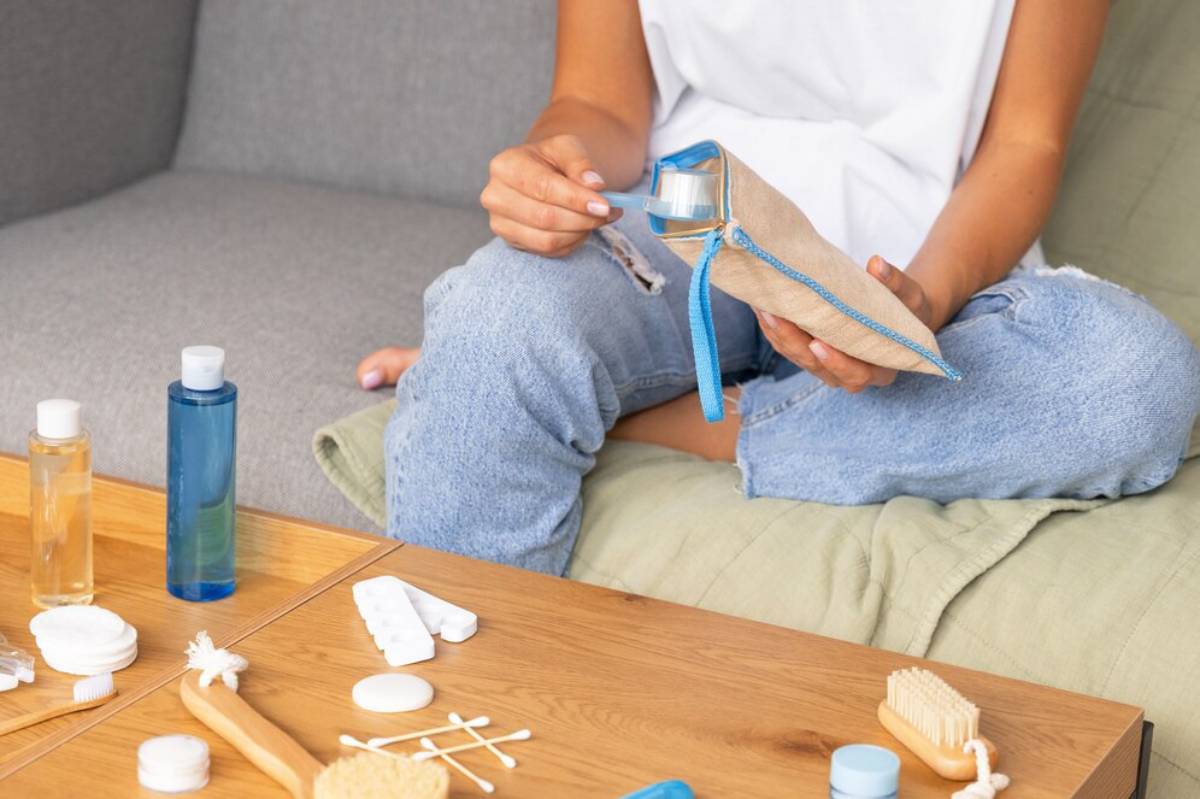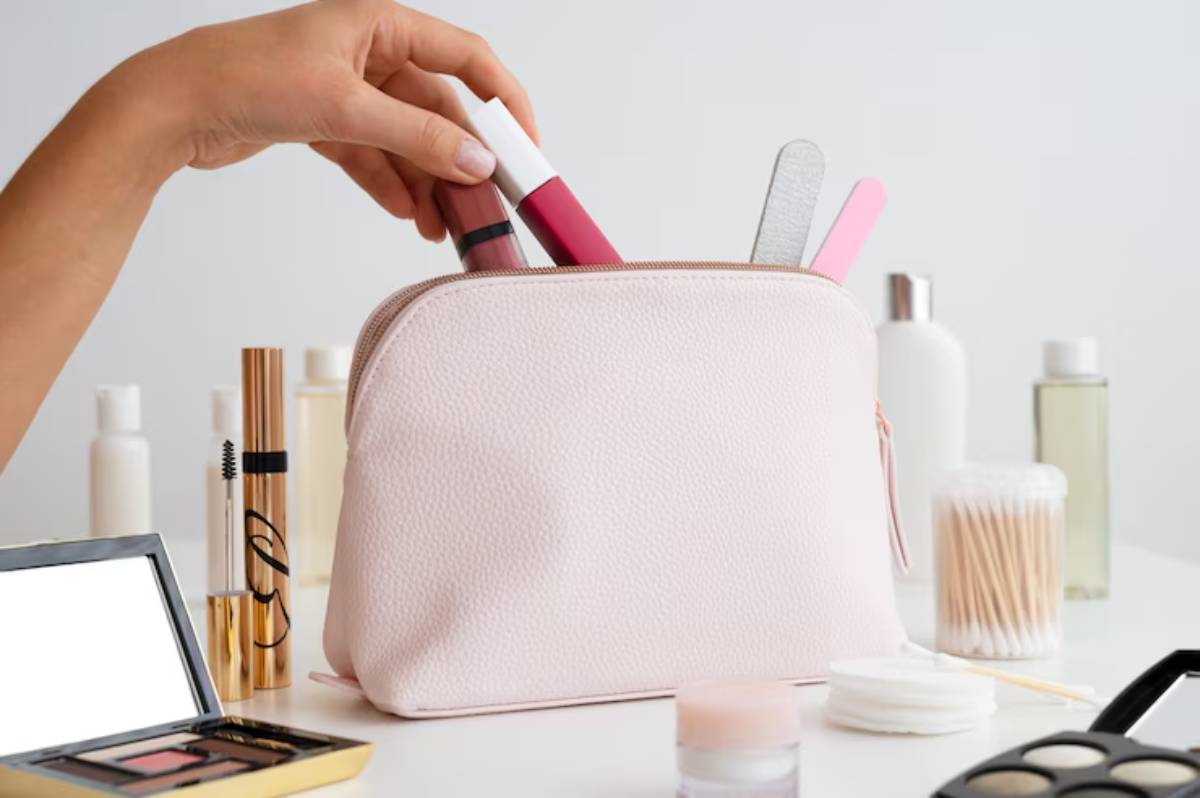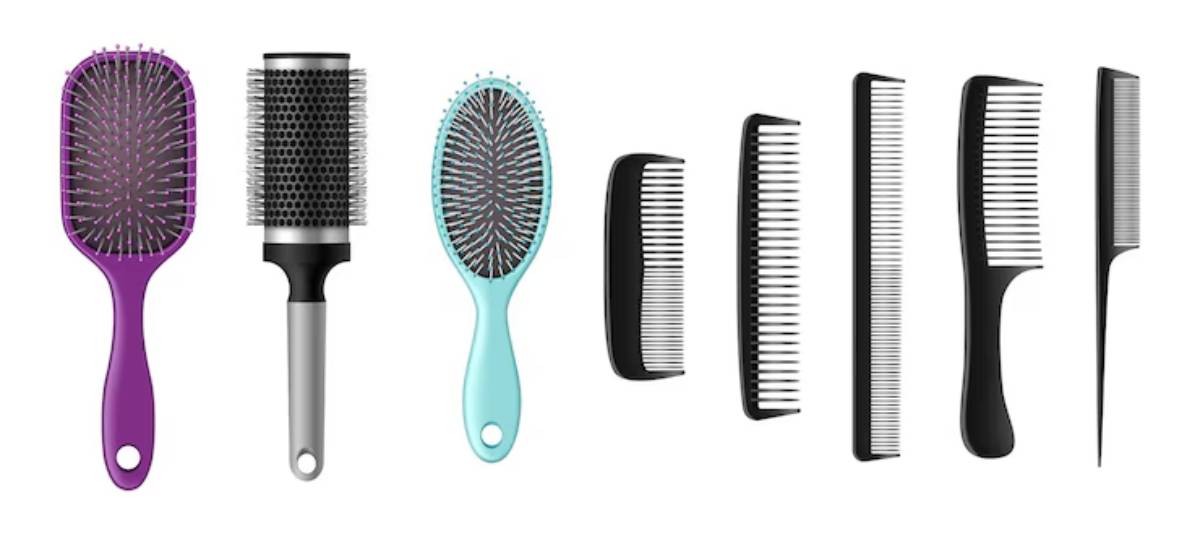
How to Create a Self-Care Kit for Kids Entering Puberty
Equipping Kids for a Confident Start
Puberty is a time of major change, and for many children, it can feel overwhelming, awkward, or even frightening. One of the best ways to offer comfort, confidence, and independence is by preparing a thoughtful puberty care kit. Think of it as a toolbox for growing up, full of practical hygiene essentials and emotional readiness tools that help tweens feel prepared, not panicked.
This expert-backed guide offers everything you need to build a self-care kit tailored to your child’s needs. Whether you’re packing it for school, home, or sleepovers, this guide provides hygiene essentials for puberty, clever organisation tips, and the emotional wisdom to make it meaningful.
Understanding the Core: Why Puberty Kits Matter
Beyond Just Products
A well-prepared puberty care kit isn’t just a collection of items. It communicates trust, readiness, and respect. According to NHS guidance and child development research, children who are given clear, practical support around puberty tend.
- Practice better hygiene
- Feel more confident about body changes
- Approach puberty with less shame or anxiety
- Develop stronger self-care routines that carry into adolescence
Important: The goal isn’t to embarrass your child with “grown-up” items but to give them age-appropriate tools that help them navigate this season calmly and competently.
Pro Tip: Involve your child in choosing items. It gives them a sense of ownership and reduces discomfort.
Quick Guide / Checklist: Puberty Kit Essentials
Here’s a handy summary of what to include:
- Deodorant (aluminium-free or roll-on, if preferred)
- Sanitary pads or panty liners
- Spare underwear
- Intimate wipes or wet wipes
- Small zip bag for soiled clothing
- Mild face wash or cleansing wipes
- Lip balm or hand cream
- Travel-size body spray (optional)
- Comb or hairbrush
- Period tracker card or mood journal
- Encouraging note or positive mantra card
Secret Tip: Use a pencil case or cosmetic pouch to make the kit discreet, stylish, and easy to carry in school bags.
Step-by-Step Guide: How to Practise Self-Care Kit Preparation
1. Choose the Right Bag or Container
Start with a pouch or toiletry bag that is compact, zippered, and easily cleaned. Look for waterproof lining if possible.
Options include:

- Makeup pouches
- Pencil cases
- Mini backpacks
2. Stock Core Hygiene Essentials
Puberty involves sweat, oil, and new smells. Equip your child with the basics:
- Roll-on deodorant (fragrance-free or lightly scented)
- Face wipes or cleanser (for oily skin or post-PE freshening up)
- Travel tissues or toilet wipes (for school bathrooms)
3. Add Period Products (if applicable)
For girls entering or approaching menstruation:
- Sanitary pads (a few light-flow pads for early cycles)
- Panty liners (for spotting or backup)
- Spare underwear and a resealable plastic bag
4. Consider Extras for Comfort and Calm
Small touches make a big difference:
- Lip balm or hand cream
- A hairbrush or scrunchie
- A motivational sticker or quote card
Pro Tip: Include a mini mirror and stress ball for added utility and sensory regulation.
5. Explain What Each Item Is For
Walk through the bag with your child. Say:
“This is your self-care kit. You can use these wipes after PE or keep a spare pair of pants just in case.”
Normalise these conversations as empowering, not embarrassing.
6. Roleplay or Practice at Home
For example:
- Unwrapping a pad and placing it in the underwear
- Asking the school nurse discreetly for help
- Where to store their kit in a backpack
Best Practices & Additional Insights
Match Their Development Stage
Each child matures at a different pace. Adjust the contents accordingly. Younger tweens may just need deodorant and wipes, while older ones benefit from more.
Keep It Gender-Inclusive
Boys need puberty kits too! Include:

- Comb
- Deodorant
- Face wipes
- Spare boxers
- Acne wipes
- Lip balm
Everyone deserves to feel prepared and respected.
Encourage Customisation
Let your child choose the pouch style, scent of deodorant, or colour of period pants. Customising the kit increases engagement.
Store Extras at Home
Have a backup kit at home and keep a few extras in the car or backpack. Refill monthly with your child.
Pro Tip: Tie puberty kit maintenance to another routine, like the start of each school term or monthly calendar check-in.
FAQs
At what age should I give my child a puberty care kit?
Anywhere between ages 8 and 11 is ideal. Some children need it earlier, especially if you notice early development.
What if my child is embarrassed?
Reassure them that everyone goes through this and that the kit is their personal tool, not something they need to announce or share.
Should I give my child tampons too?
Start with pads unless they ask. Tampons or menstrual cups can be introduced later with appropriate guidance.
What if my child forgets to use the kit?
Check in periodically. Say:
“Did anything come up this week where your kit would have helped?”
Keep the tone light, supportive, and non-critical.
Can I include snacks or treats in the kit?
Yes, including a small treat like gum or a granola bar can add comfort and familiarity.
What should I do if my child’s school doesn’t allow certain items?
Speak to the school nurse or teacher and find out what’s permitted, then adjust the kit accordingly.
How often should we update or check the kit?
Aim to refresh it every term or after a growth spurt. Make it a shared responsibility with your child.
Should I include anything for emotional support?
Yes, a short handwritten note, an encouraging quote, or a calming item like a fidget toy can provide emotional reassurance.
Is it helpful to give a kit even before puberty begins?
Absolutely—it sets the stage for open conversation and ensures your child isn’t caught off-guard when changes begin.
Can I prepare a kit for my son, too?
Boys definitely benefit from deodorant, face wipes, spare underwear, and reminders about hygiene just as much as girls.
Conclusion: Empower Through Preparedness
A puberty care kit is more than a hygiene pouch. It’s a message to your child that they are seen, understood, and equipped for change. With your support, they’ll learn to treat their bodies with care and pride.
Start building your child’s self-care kit today. Let them personalise it. Talk about each item. Revisit it often.
Want to share your experience? Comment below with your favourite additions or how your child responded to receiving their kit.


